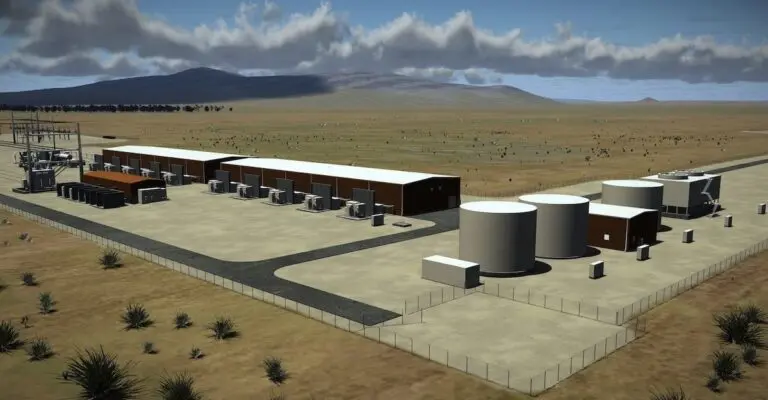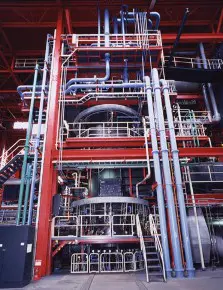 A 19 MW waste to energy Combined Heat and Power (CHP) facility that will process waste fats removed from London’s sewer system is to be built following a funding agreement with a consortium led by independent investment firm iCON Infrastructure.
A 19 MW waste to energy Combined Heat and Power (CHP) facility that will process waste fats removed from London’s sewer system is to be built following a funding agreement with a consortium led by independent investment firm iCON Infrastructure.
According to iCON the plant will be developed and operated by renewable energy specialist, 2OC and once operational will be the world’s largest fat-fuelled power station.
Located in at Beckton, East London the plant will be integrated with the National Grid’s gas pressure reduction station and is in close proximity to Thames Water’s desalination plant and sewage treatment works – all critical infrastructure facilities serving London.
As part of a 20 year deal worth over £200 million with 2OC, Thames Water has agreed to buy 75 GWh of this output to run Beckton sewage works, which serves 3.5 million people (population equivalent), and the nearby desalination plant, which is operated in times of drought or other emergencies. The remaining power will be sold on to the national energy supply grid.
“When Thames doesn’t need our output, it will be made available to the grid meaning that power will be sourced, generated and used in London by Londoners,” explained Andrew Mercer, chief executive of 2OC.
Heat from the engine is set to be used in the adjacent gas pressure reduction station owned by National Grid, enabling it to turn off existing gas heaters. Additional renewable heat f is due to be put to use at the sewage works and also made available to local housing projects.
It was claimed that once operation the plant will have an overall efficiency percentage in the high nineties and an electrical efficiency of more than 55%.
Fuel
The water firm has also committed to provide at least half of the fuel the generator requires to run – in the form of 30 tonnes a day of fat, oil and grease (‘FOG’) – enough to fill a six metre long shipping container – that would otherwise clog up London’s sewers.
According to the company, across its 109,000 km of sewers it removes 80,000 blockages each year, half of which are caused by fat wrongly poured down drains. Clearing these blockages costs the firm £1 million a month.
Thames Water added that leftover, low-grade cooking oil and food fat will be collected from food outlets and manufacturers and solidified grease will be harvested from ‘fat traps’ in restaurants and from pinch-points around the capital’s sewer network.
The rest of the power plant’s fuel is expected to come from waste vegetable oils and tallow – animal fat.
Construction company J Murphy and Sons has been awarded the £70 million contract to build the plant, which is expected to commence full operations in the first quarter of 2015, benefitting from several years of development by 2OC and National Grid.
Source: Waste Management World
Read More
Video Spoof of Machine that Produces Gold and Energy from Waste
A spoof video purporting to herald the launch of a waste digesting ‘Disertator’, which is made from meteorites and can transform waste into energy, petroleum and gold, was among this year’s April Fools internet pranks.
Three 1000 tpd Waste to Energy Plants Sought in Mumbai, India
International companies have been invited to submit proposals for three 1000 tonne per day waste to energy facilities in Mumbai.
Viridor’s 30 MW Waste to Energy plant to Supply Heat to Cardiff
The 30MW waste to energy facility being built by Viridor at Trident Park in Cardiff is to supply an additional 20 MW of heat to a district heating system.







